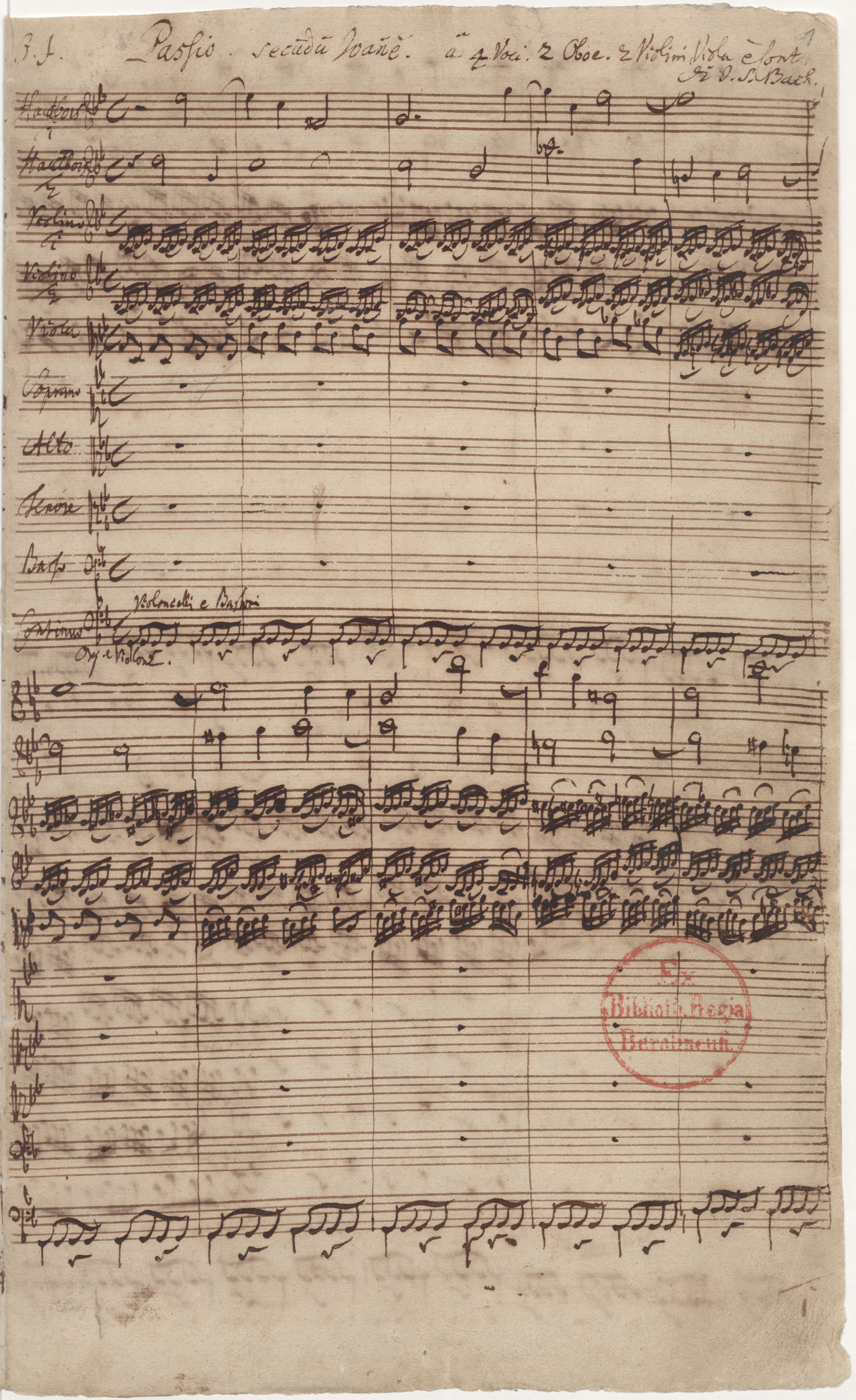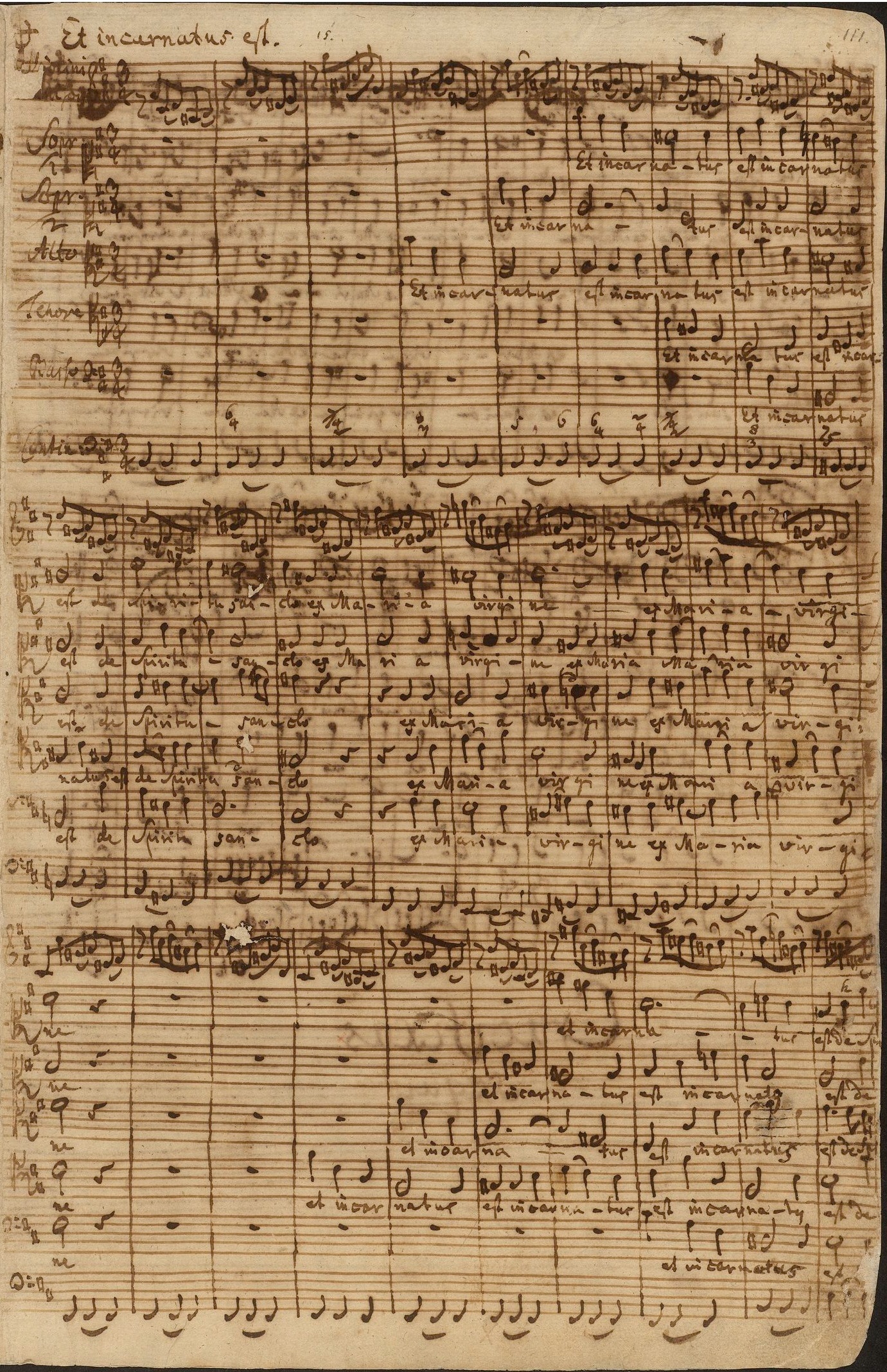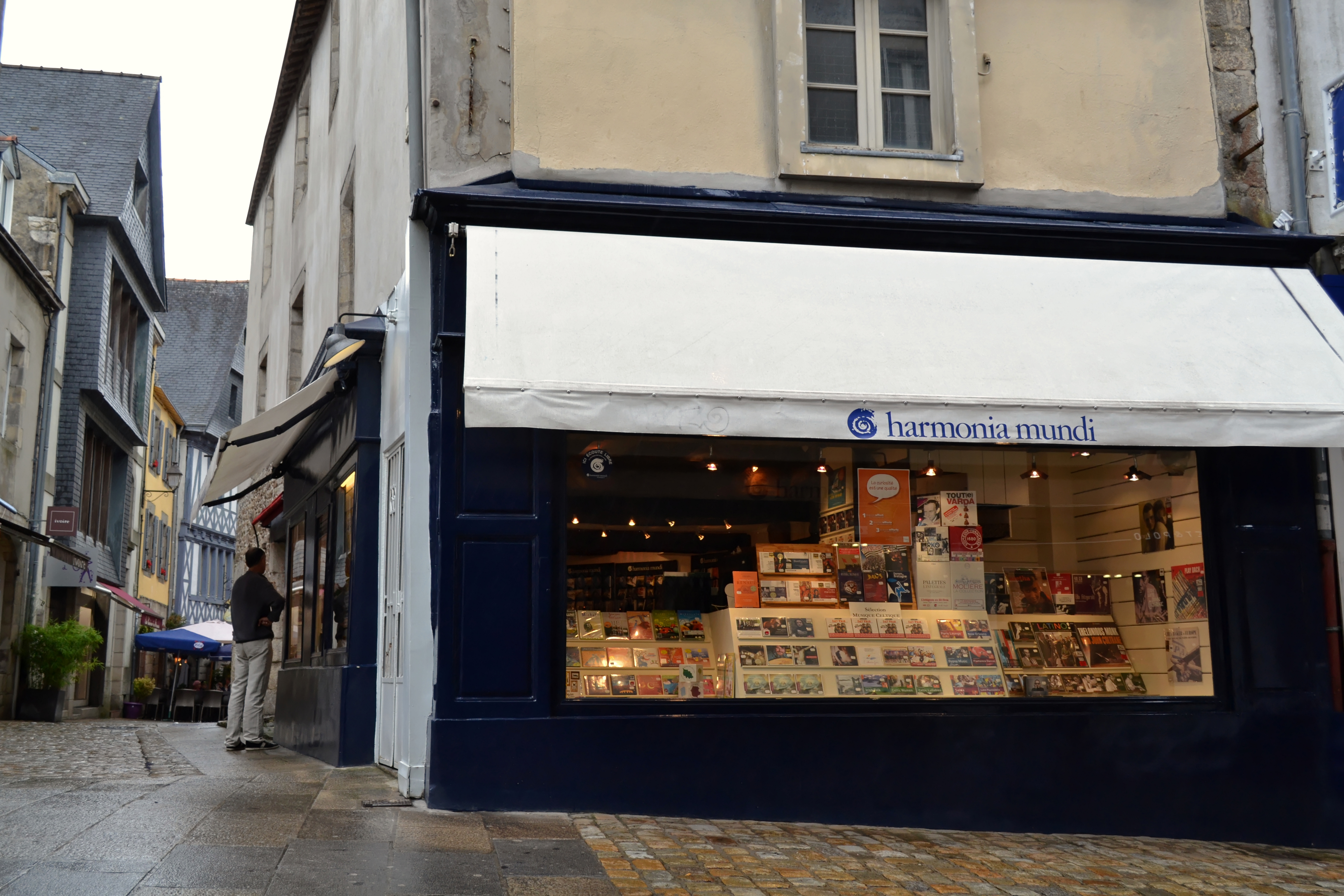|
Anke Vondung
Anke Vondung (born in Speyer, Rhineland-Palatinate in 1972), is a German mezzo-soprano. She was a member of the Semperoper Dresden from 2003 to 2006. Career She won third prize in the 1998 ARD International Music Competition in Munich. She has sung the roles of Dorabella in ''Così fan tutte'', Octavian in ''Der Rosenkavalier'', and the title role in ''Carmen''. Vondung has sung at German State Operas such as the Semperoper in Dresden, the Berlin State Opera, the Bavarian State Opera in Munich, at the Metropolitan Opera, the Théâtre du Châtelet, as well as at the Salzburg and Glyndebourne Festivals She also sings Bach's sacred music. At the 2011 Rheingau Musik Festival, she performed the ''Liebesliederwalzer'' by Brahms and ''Spanische Liebeslieder'', op. 138, by Schumann with Ruth Ziesak, Werner Güra and Konrad Jarnot at Schloss Johannisberg. [...More Info...] [...Related Items...] OR: [Wikipedia] [Google] [Baidu] |
Speyer
Speyer (, older spelling ''Speier'', French: ''Spire,'' historical English: ''Spires''; pfl, Schbaija) is a city in Rhineland-Palatinate in Germany with approximately 50,000 inhabitants. Located on the left bank of the river Rhine, Speyer lies south of Ludwigshafen and Mannheim, and south-west of Heidelberg. Founded by the Romans, it is one of Germany's oldest cities. Speyer Cathedral, a number of other churches, and the Altpörtel (''old gate'') dominate the Speyer landscape. In the cathedral, beneath the high altar, are the tombs of eight Holy Roman Emperors and German kings. The city is famous for the 1529 Protestation at Speyer. One of the ShUM-cities which formed the cultural center of Jewish life in Europe during the Middle Ages, Speyer and its Jewish courtyard was inscribed on the UNESCO World Heritage List in 2021. History The first known names were ''Noviomagus'' and ''Civitas Nemetum'', after the Teutonic tribe, Nemetes, settled in the area. The name ''Spi ... [...More Info...] [...Related Items...] OR: [Wikipedia] [Google] [Baidu] |
Robert Schumann
Robert Schumann (; 8 June 181029 July 1856) was a German composer, pianist, and influential music critic. He is widely regarded as one of the greatest composers of the Romantic era. Schumann left the study of law, intending to pursue a career as a virtuoso pianist. His teacher, Friedrich Wieck, a German pianist, had assured him that he could become the finest pianist in Europe, but a hand injury ended this dream. Schumann then focused his musical energies on composing. In 1840, Schumann married Friedrich Wieck's daughter Clara Wieck, after a long and acrimonious legal battle with Friedrich, who opposed the marriage. A lifelong partnership in music began, as Clara herself was an established pianist and music prodigy. Clara and Robert also maintained a close relationship with German composer Johannes Brahms. Until 1840, Schumann wrote exclusively for the piano. Later, he composed piano and orchestral works, and many Lieder (songs for voice and piano). He composed four symphonies ... [...More Info...] [...Related Items...] OR: [Wikipedia] [Google] [Baidu] |
St John Passion
The ''Passio secundum Joannem'' or ''St John Passion'' (german: Johannes-Passion, link=no), BWV 245, is a Passion or oratorio by Johann Sebastian Bach, the older of the surviving Passions by Bach. It was written during his first year as director of church music in Leipzig and was first performed on April 7, 1724, at Good Friday Vespers at the St. Nicholas Church. The structure of the work falls in two halves, intended to flank a sermon. The anonymous libretto draws on existing works (notably by Barthold Heinrich Brockes) and is compiled from recitatives and choruses narrating the Passion of Christ as told in the Gospel of John, ariosos and arias reflecting on the action, and chorales using hymn tunes and texts familiar to a congregation of Bach's contemporaries. Compared with the ''St Matthew Passion'', the ''St John Passion'' has been described as more extravagant, with an expressive immediacy, at times more unbridled and less "finished". The work is most often heard toda ... [...More Info...] [...Related Items...] OR: [Wikipedia] [Google] [Baidu] |
St Matthew Passion
The ''St Matthew Passion'' (german: Matthäus-Passion, links=-no), BWV 244, is a '' Passion'', a sacred oratorio written by Johann Sebastian Bach in 1727 for solo voices, double choir and double orchestra, with libretto by Picander. It sets the 26th and 27th chapters of the Gospel of Matthew (in the Luther Bible) to music, with interspersed chorales and arias. It is widely regarded as one of the greatest masterpieces of Baroque sacred music. The original Latin title translates to "The Passion of our Lord J susC[hrist">rist.html" ;"title="susC[hrist">susC[hristaccording to the Evangelist Matthew".Markus Rathey. 2016. ''Bach's Major Vocal Works. Music, Drama, Liturgy'', Yale University Press History The ''St Matthew Passion'' is the second of two Passion settings by Bach that have survived in their entirety, the first being the '' St John Passion'', first performed in 1724. Versions and contemporaneous performances Little is known with certainty about the creation proc ... [...More Info...] [...Related Items...] OR: [Wikipedia] [Google] [Baidu] |
Mass In B Minor
The Mass in B minor (), BWV 232, is an extended setting of the Mass ordinary by Johann Sebastian Bach. The composition was completed in 1749, the year before the composer's death, and was to a large extent based on earlier work, such as a Sanctus Bach had composed in 1724. Sections that were specifically composed to complete the Mass in the late 1740s include the "Et incarnatus est" part of the Credo. As usual for its time, the composition is formatted as a Neapolitan mass, consisting of a succession of choral movements with a broad orchestral accompaniment, and sections in which a more limited group of instrumentalists accompanies one or more vocal soloists. Among the more unusual characteristics of the composition is its scale: a total performance time of around two hours, [...More Info...] [...Related Items...] OR: [Wikipedia] [Google] [Baidu] |
BWV 69a
Johann Sebastian Bach composed the church cantata (Praise the Lord, my soul), 69a, also BWV69.1, at Bach Digital website: Lobe den Herrn, meine Seele BWV 69.1; BWV 69a; BC A 123 / Sacred cantata (12th Sunday after Trinity) in Leipzig for the twelfth Sunday after Trinity and first performed it on 15 August 1723. It is part of his first cantata cycle. History and words Bach wrote the cantata in his first year in Leipzig, which he had started after Trinity of 1723, for the Twelfth Sunday after Trinity. The prescribed readings for the Sunday were from the Second Epistle to the Corinthians, the ministry of the Spirit (), and from the Gospel of Mark, the healing of a deaf mute man (). The unknown poet referred to the gospel, but saw in the healing more generally God constantly doing good for man. The opening chorus is therefore taken from , "Praise the Lord, my soul, and do not forget the good He has done for you". The poetry refers to "telling" several times, related to the healed ... [...More Info...] [...Related Items...] OR: [Wikipedia] [Google] [Baidu] |
BWV 34a
' (O eternal fire, o source of love), BWV 34.2 (formerly BWV 34a) is an incomplete wedding cantata composed by Johann Sebastian Bach, of which only the complete libretto and some parts (movements 2, 3 and 6) have survived.Work at Bach Digital website. History and text The cantata was composed in Leipzig most likely in 1725 or 1726, or 1727 or later, as a wedding commission, and performed shortly after its composition. As the choral numbers are lost, it is unknown whether any chorale theme had been used by Bach as inspiration for the writing. The libretto, by an unknown author, is partly based on scripture. Specifically, movements 3 and 4 set verses from Psalm 128 (), whereas the text of the final chorale is drawn from the biblical Book of Numbers (). Scoring and structure The piece is scored for four vocal soloists (soprano, alto, tenor, bass) and four-part choir, two oboes, two flauti traversi, timpani (''tamburi''), three trumpets (''trombe'') in D, two violins, ... [...More Info...] [...Related Items...] OR: [Wikipedia] [Google] [Baidu] |
Bach Cantata
The cantatas composed by Johann Sebastian Bach, known as Bach cantatas (German: ), are a body of work consisting of over 200 surviving independent works, and at least several dozen that are considered lost. As far as known, Bach's earliest cantatas date from 1707, the year he moved to Mühlhausen, although he may have begun composing them at his previous post in Arnstadt. Most of Bach's church cantatas date from his first years as and director of church music in Leipzig, a position which he took up in 1723. Working for Leipzig's and , it was part of Bach's job to perform a church cantata every Sunday and holiday, conducting soloists, the Thomanerchor and orchestra as part of the church service. In his first years in Leipzig, starting after Trinity of 1723, Bach regularly composed a new cantata every week, although some of these cantatas were adapted (at least in part) from work he had composed before his Leipzig era. Works from three annual cycles of cantatas for the lit ... [...More Info...] [...Related Items...] OR: [Wikipedia] [Google] [Baidu] |
Harmonia Mundi
Harmonia Mundi is an independent record label which specializes in classical music, jazz, and world music (on the World Village label). It was founded in France in 1958 and is now a subsidiary of PIAS Entertainment Group. Its Latin name ''harmonia mundi'' translates as "harmony of the world". History In the 1950s, two music entrepreneurs, Frenchman Bernard Coutaz and German Rudolf Ruby, met by chance on a train journey and started a friendship based on their musical interests. They formed a business relationship and set up two classical music record labels, both named ''Harmonia Mundi ''. Coutaz's Harmonia Mundi (France) was founded in Saint-Michel-de-Provence, France, in 1958, and around the same time, Rudolf Ruby set up Deutsche Harmonia Mundi. The two labels shared similar aims and specialised in recordings of Early and Baroque music, with an emphasis on scholarly, historically informed performance and high-quality sound and production values. They also shared the ''H ... [...More Info...] [...Related Items...] OR: [Wikipedia] [Google] [Baidu] |
Opus Arte
Naxos comprises numerous companies, divisions, imprints, and labels specializing in classical music but also audiobooks and other genres. The premier label is Naxos Records which focuses on classical music. Naxos Musical Group encompasses about 17 labels including Naxos Records, Naxos Audiobooks, and Naxos Books (ebooks). There are about an additional 50 labels that are independent of the Naxos Musical Group with a wide range of offerings. The company was founded in 1987 by Klaus Heymann, a German-born resident of Hong Kong. Naxos Records Naxos Records is a record label specializing in classical music. The company was known for its budget pricing of discs, with simpler artwork and design than most other labels. In the 1980s, Naxos primarily recorded central and eastern European symphony orchestras, often with lesser-known conductors, as well as upcoming and unknown musicians, to minimize recording costs and maintain its budget prices. In more recent years, Naxos has taken advan ... [...More Info...] [...Related Items...] OR: [Wikipedia] [Google] [Baidu] |
Wiesbadener Tagblatt
The ''Wiesbadener Tagblatt'' (also known as the WT) was a regional daily newspaper for the area in and around the state capital of Hesse, Wiesbaden in Germany. The newspaper was established in the 1840s by August Schellenberg under the name ''Wiesbadener Wochenblatt''. It was renamed ''Wiesbadener Tagblatt'' in 1852. It was part of Rhein-Main-Presse and was published by Verlagsgruppe Rhein Main, together with the Wiesbadener Kurier. In 2013, the editorial office was merged with Wiesbadener Kurier and relocated to Mainz Mainz () is the capital and largest city of Rhineland-Palatinate, Germany. Mainz is on the left bank of the Rhine, opposite to the place that the Main (river), Main joins the Rhine. Downstream of the confluence, the Rhine flows to the north-we .... [...More Info...] [...Related Items...] OR: [Wikipedia] [Google] [Baidu] |
Schloss Johannisberg
Schloss Johannisberg is a castle and winery in the village of Johannisberg (Geisenheim), Johannisberg to the west of Wiesbaden, Hesse, in the Rheingau (wine region), Rheingau wine-growing region of Germany. It has been making wine for over 900 years. The winery is most noted for its claim to have "discovered" late harvest wine.winepros.com.au. The palace is a venue of the Rheingau Musik Festival, made available by co-founder Tatiana von Metternich-Winneburg. History A mountain on the north bank of the Rhine near Mainz has been associated with the church and with winemaking since the Middle Ages, when the estate of Louis the Pious made 6000 litres of wine during the reign of Charlemagne. In 1100, Benedictine monks completed a monastery on the Bischofsberg ("Bishop's mountain), having identified the site as one of the best places to grow vines. Thirty years later they built a Romanesque basilica in honour of John the Baptist, and the hill became known as Johannisberg ("John' ... [...More Info...] [...Related Items...] OR: [Wikipedia] [Google] [Baidu] |




